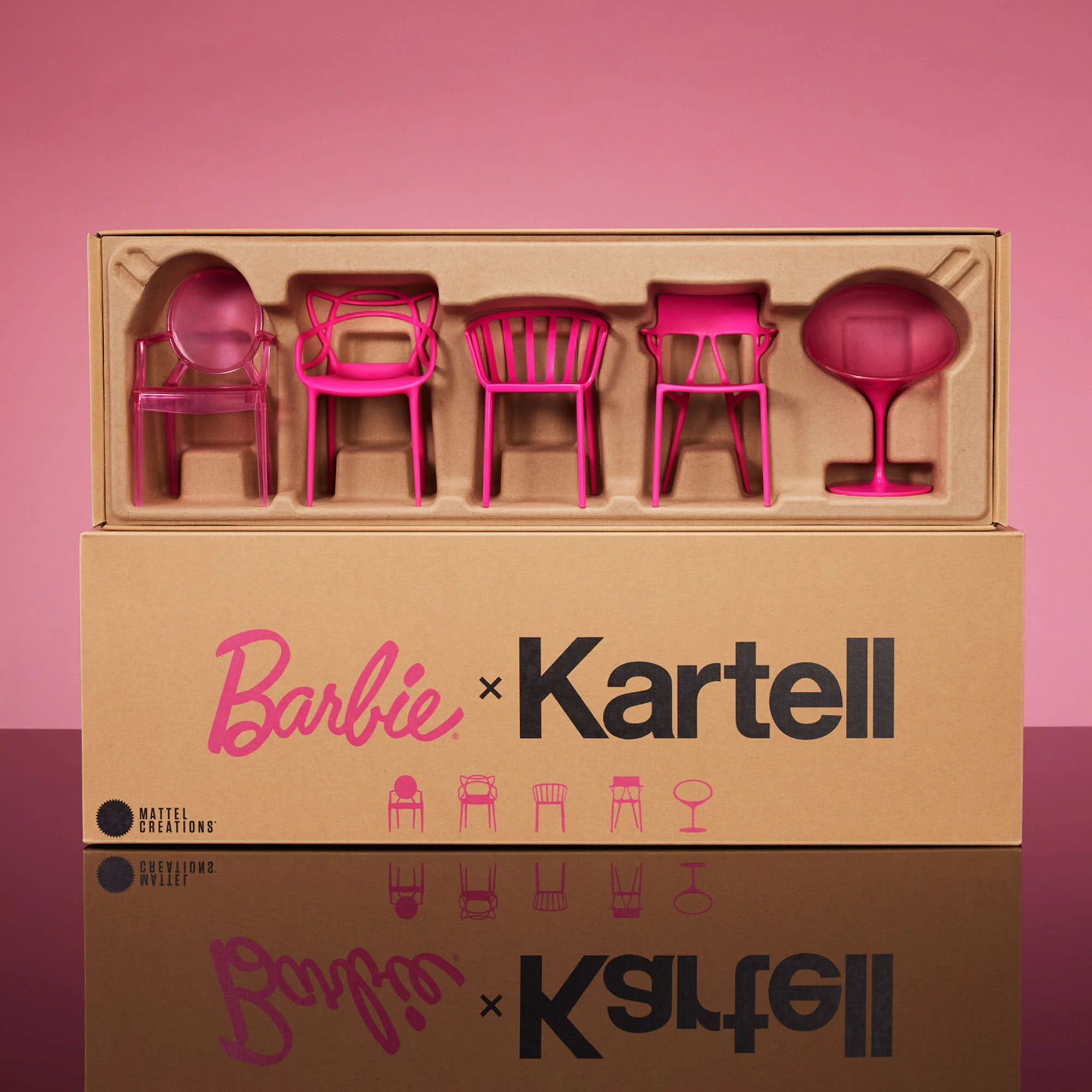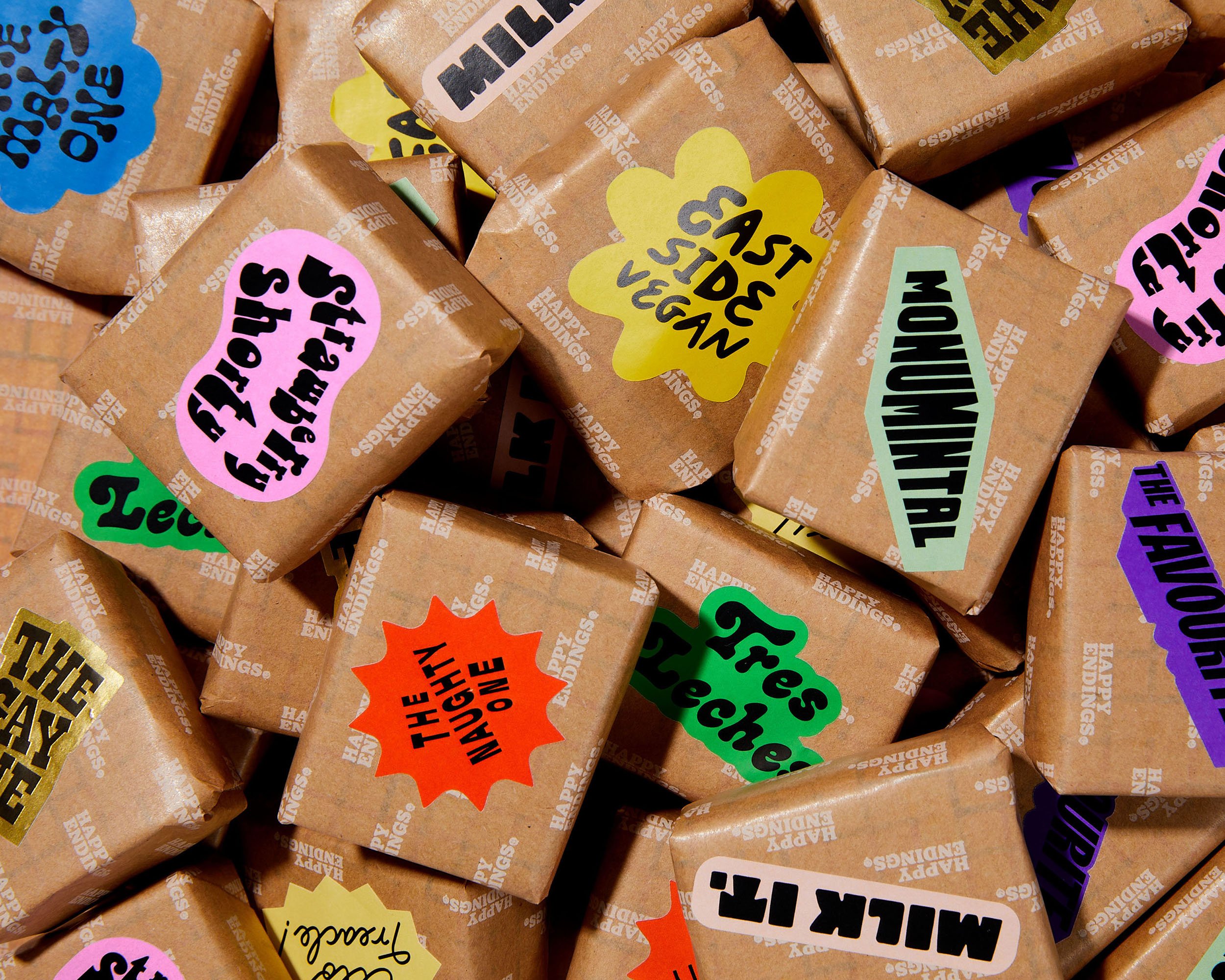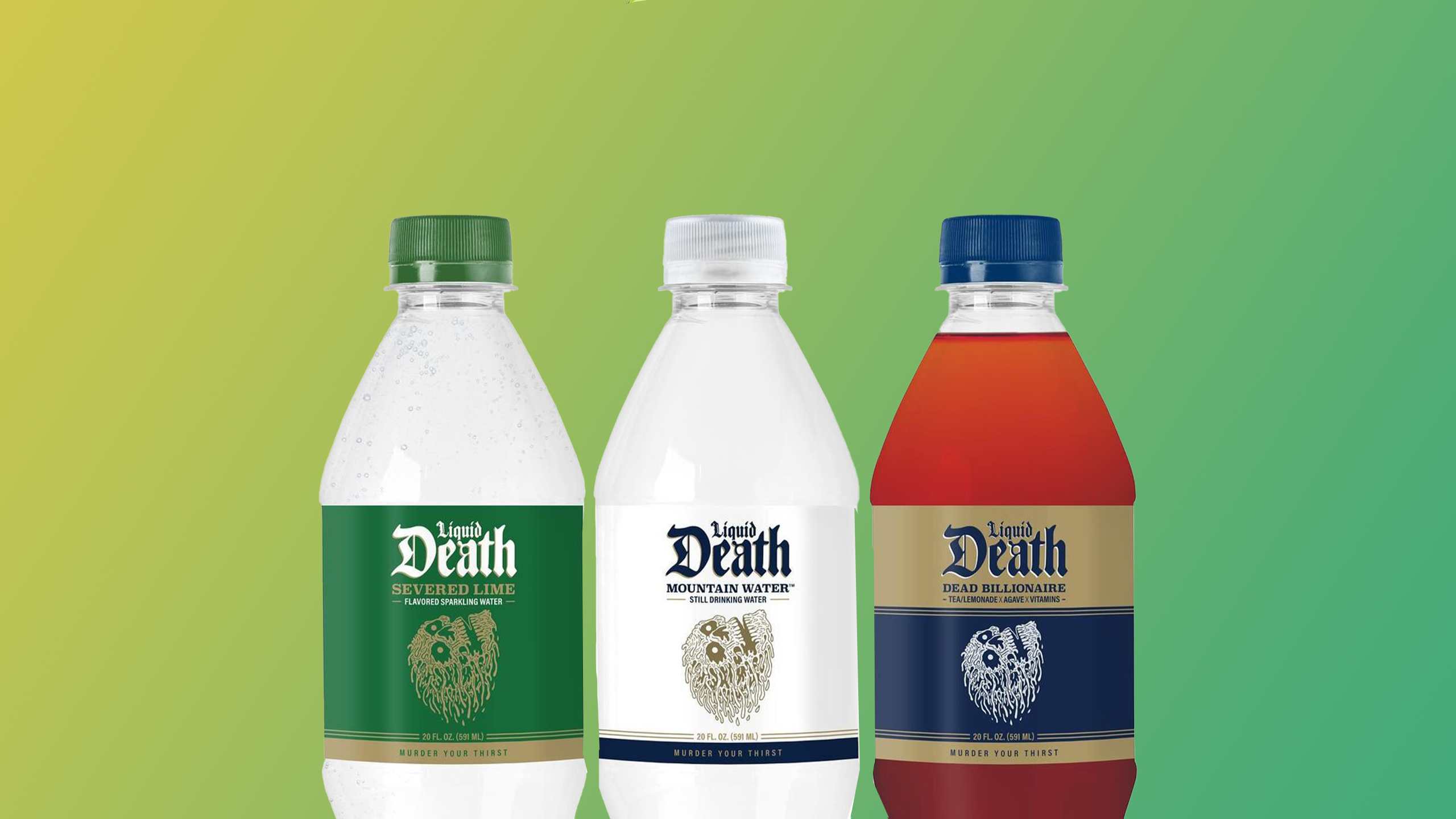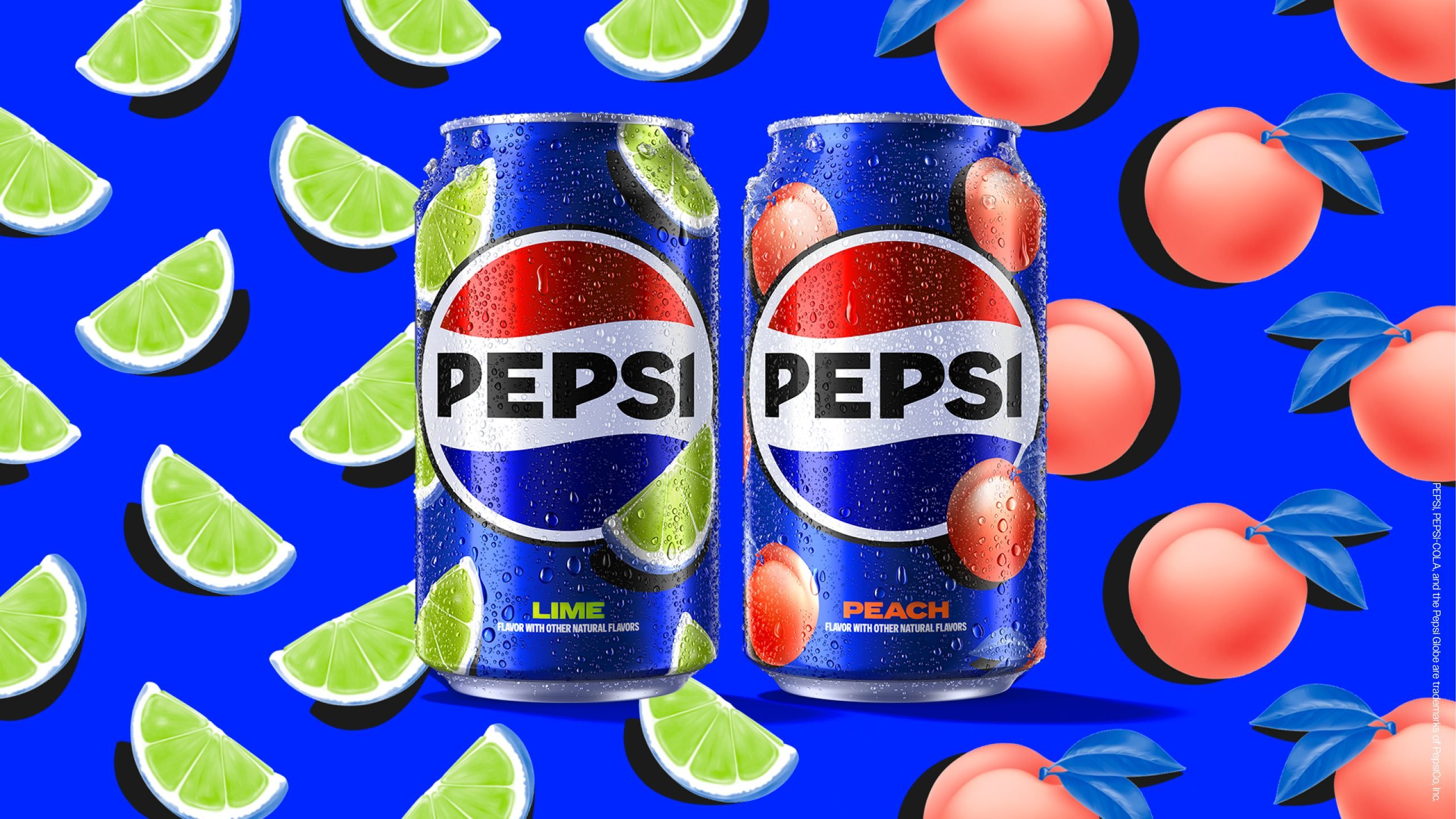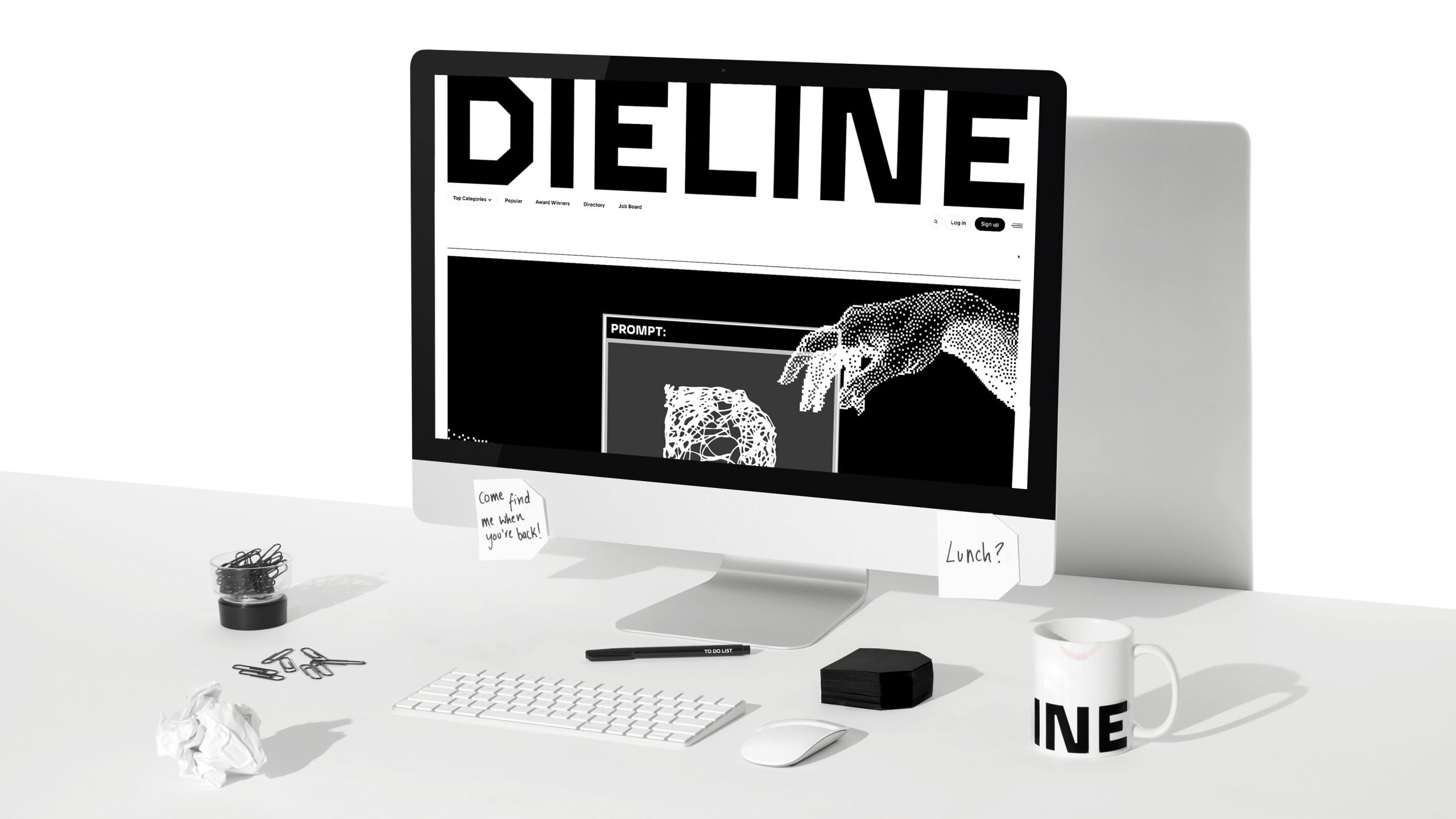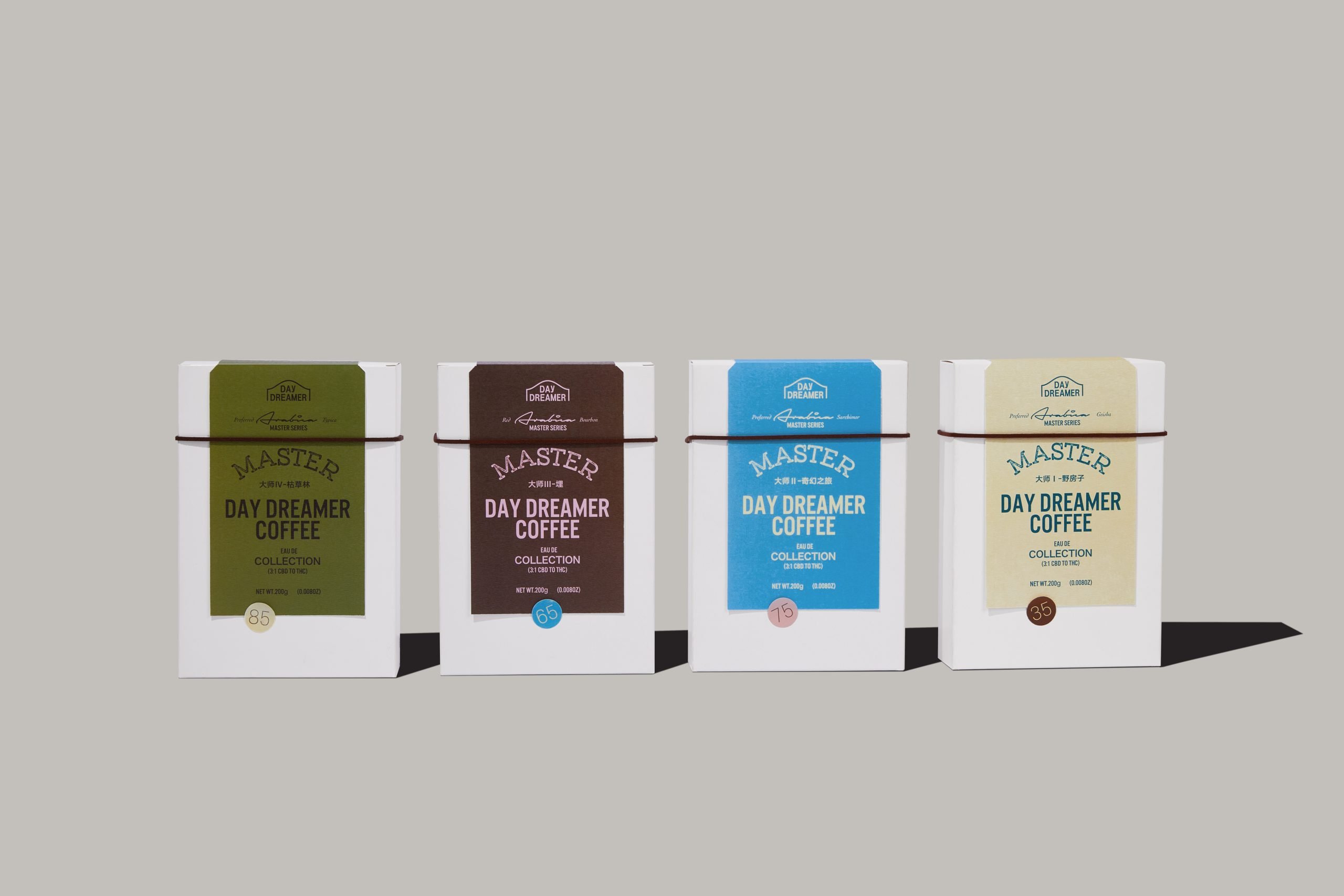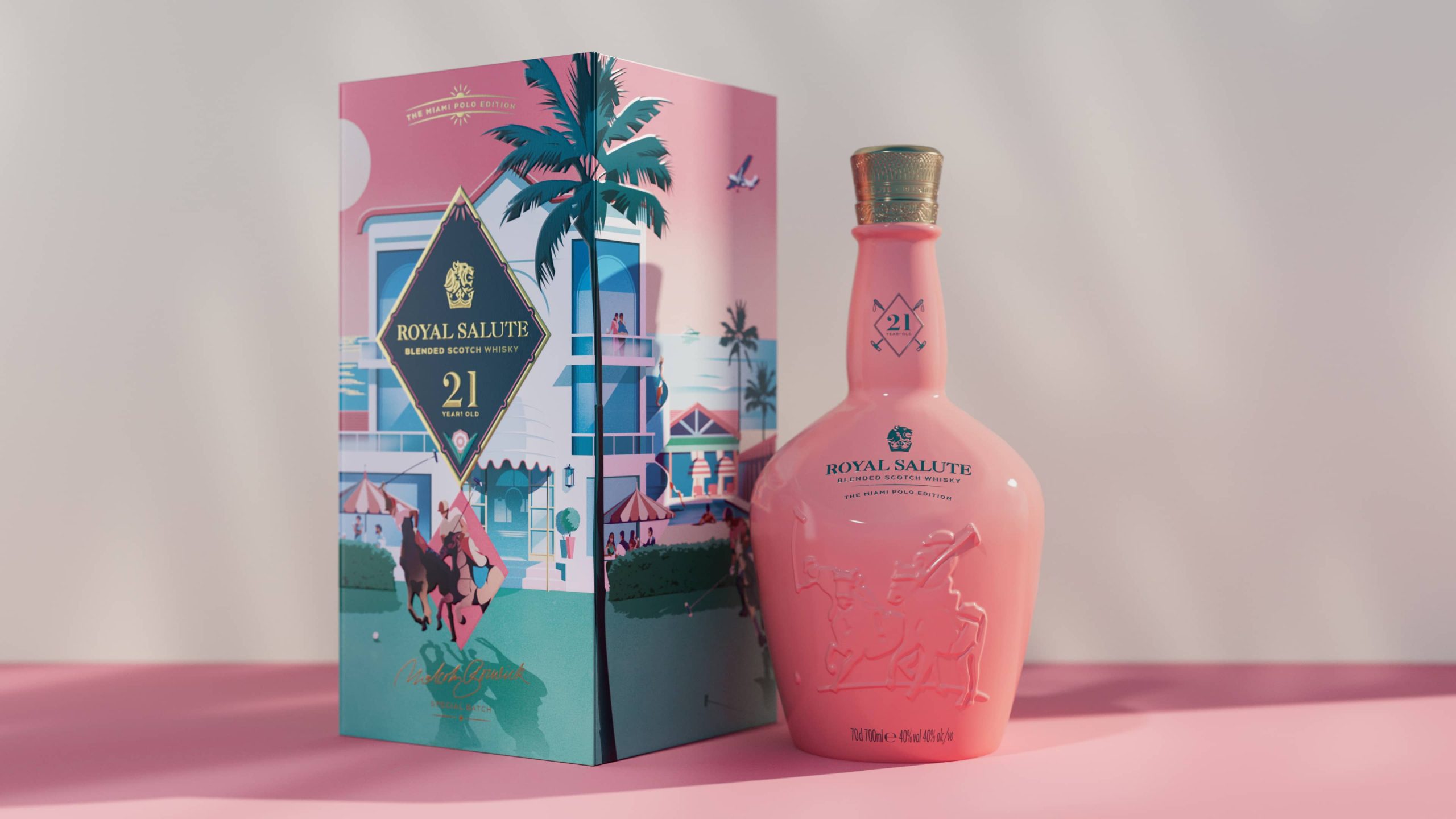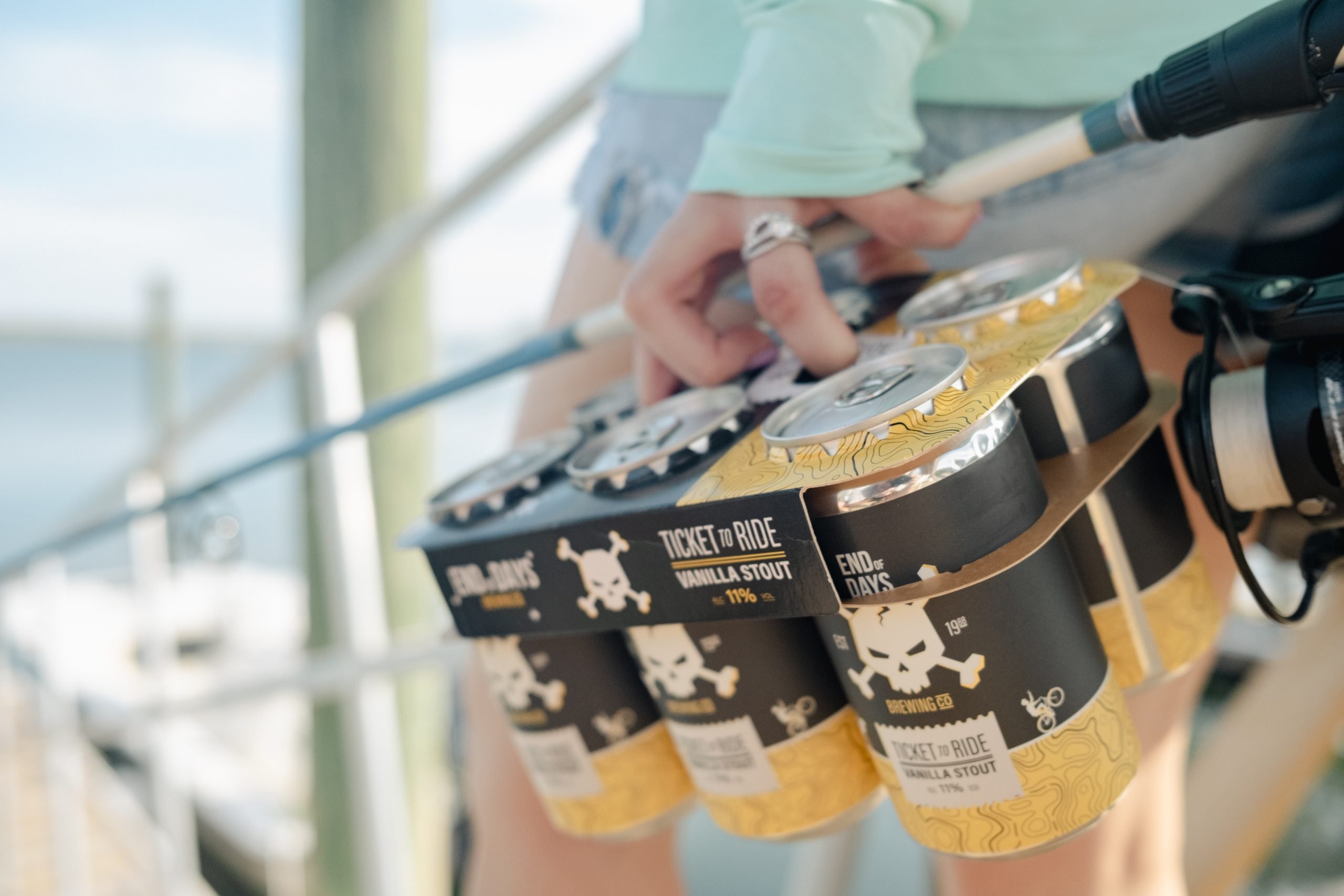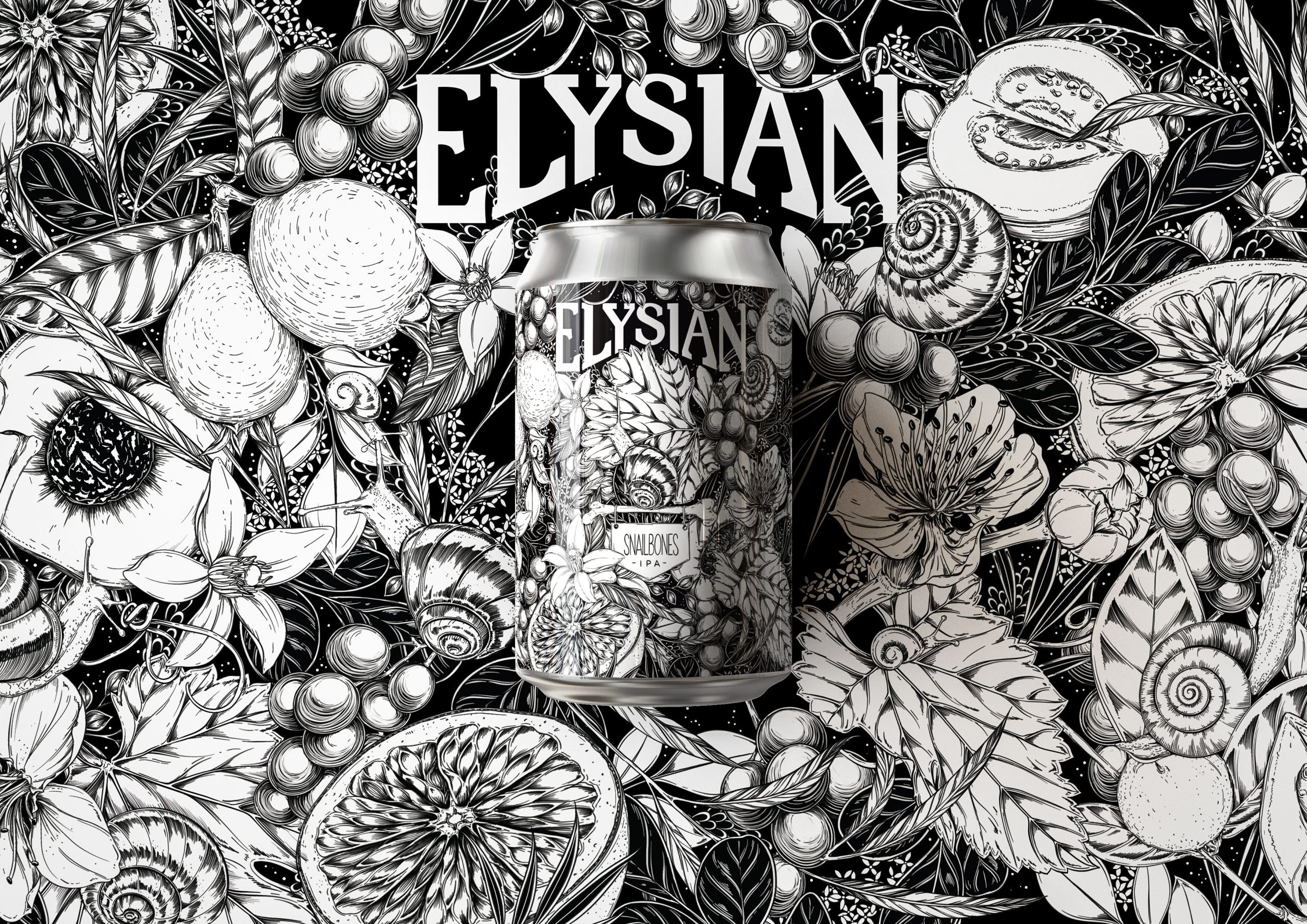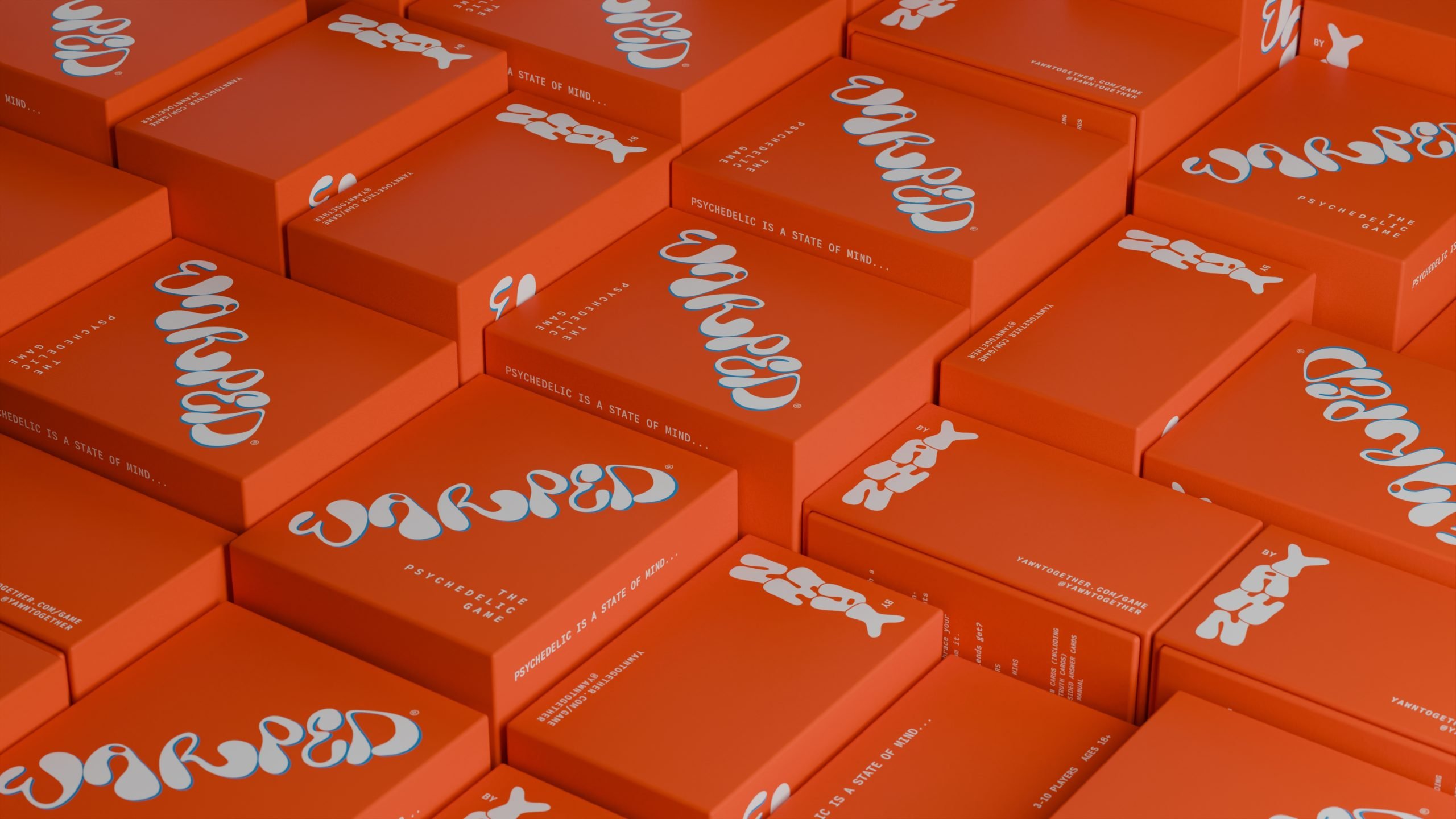You can’t solve the challenges we face around waste by material choices alone. Only by reframing our consumption behavior and interaction with packaging will we impact significant change.
Thankfully, those new behaviors are emerging. Influenced by social-cultural shifts like the sharing economy and sustainably-minded systems like city bike rental schemes, brands are offering more sustainable products and services through a change in focus from purchase to access and participation.
The modern-day sharing economy originated in the mid-to-late-1990s. Thanks to the internet and the creation of digital platforms facilitating peer to peer networks, owners of houses, cars and tools began renting them out when not being used. This evolved to include brands offering services and experiences that people wouldn’t have been able to access or afford previously.
